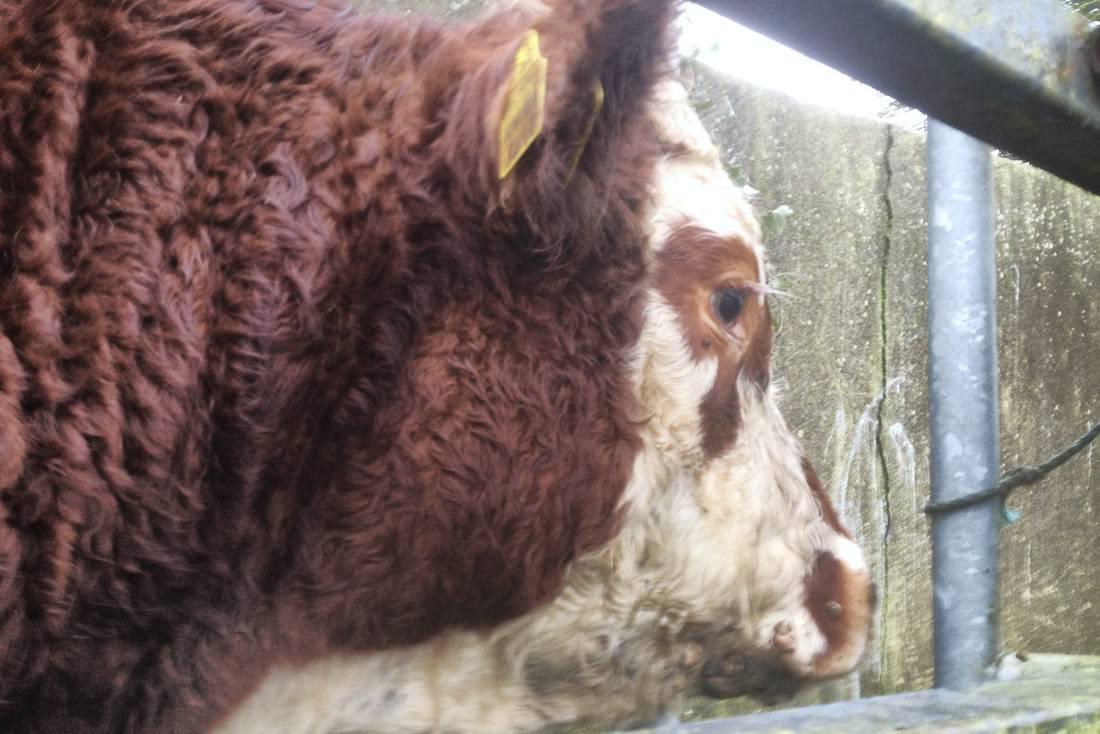Thankfully Christmas has passed by peacefully. I didn’t plan to complete many jobs over the festive period because I usually find they never come to fruition. So feeding and bedding were the only chores carried out with other small jobs tended too also.
Silage analysis
Silage analysis came back for my second cut silage during the break. I was wary to say the least of the quality. It was so dry at the time of cutting - parts of the limestone fields were dying off - so I was anxious as to the feed value. However I was in no doubt of the intake potential as the cattle seem to enjoy munching through this sweet smelling silage. But looks can be a fickle thing. However, the results didn’t disappoint.
A satisfactory D value of 69% was recorded. Broken down it was a dry matter of 63.3%, metabolised energy of 11 MJ and crude protein was 13.5%. Not surprisingly the potential intake (FIM) was 121 which is considered high compared to the averages. The Lactic acid was low at 21.5 g/kg which in theory should have reduced the fermentation and subsequent quality but the bales seem to have preserved excellently with no waste present. I presume this would be due to the very high dry matter figure in this case.
It seems an issue with red clover forage from what my research has revealed and my own experiences is that it needs to be wilted vigorously for the ammonia level to drop and also for the pH to drop. An additive would be ideal for this scenario but my contractor at present doesn’t have that facility. It’s not a huge issue but in wetter years I would say it would be a big advantage.
I would hope this silage should allow my store bullocks to have a reasonable daily gain of 0.7-0.8 kg of daily live weight gain over the winter period on silage ad-lib alone. But I am hesitant to dwell on these figures as this is only a randomised sample.
I also have to consider the first cut quality which I should have details on next week. It is considerably wetter but was very leafy at the cutting stage. The true litmus test is still to come and that will show the actual performance of animals over the period of winter from the second week in November until the last week in February when they will be weighted to access true performance.
Illnesses
To date, we currently have three cattle taken out of the shed for various illness. Two bullocks are showing signs of lameness so they have been let out to a grass paddock. Every year I find the best cure for lameness is to let animals out of sheds. I then have an unusual case with another animal where small lumps started to grow on the side of his face and on parts of his ear. It first seemed to be ring worm which has never been on our farm before but on closer examination they seem to be small growths. I have no experience of anything like this before but I have treated it with an antibiotic and Multiderm which is a lotion to prevent it getting too sore.






 This is a subscriber-only article
This is a subscriber-only article












SHARING OPTIONS: